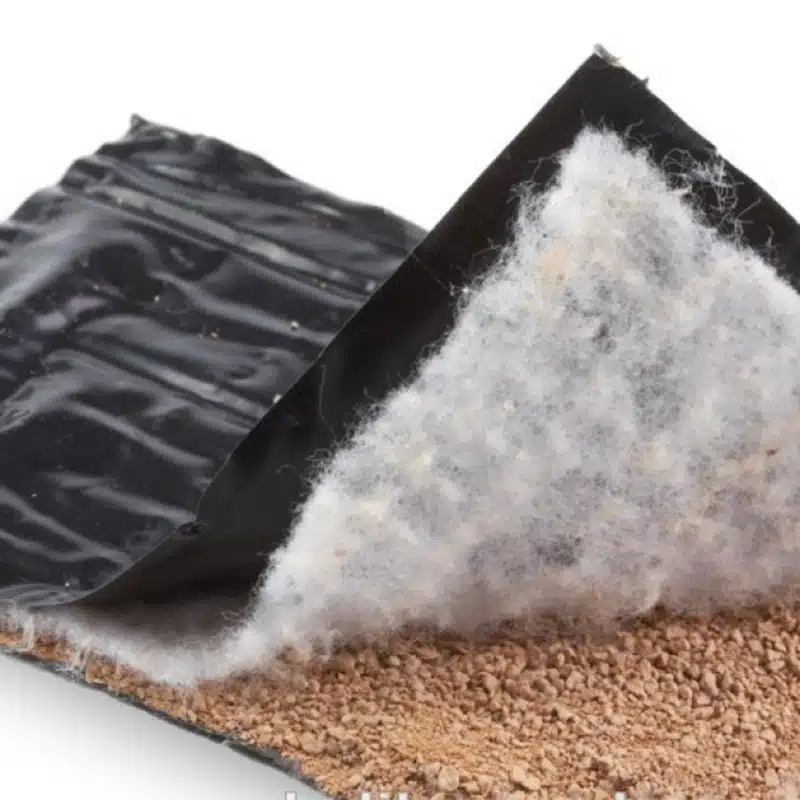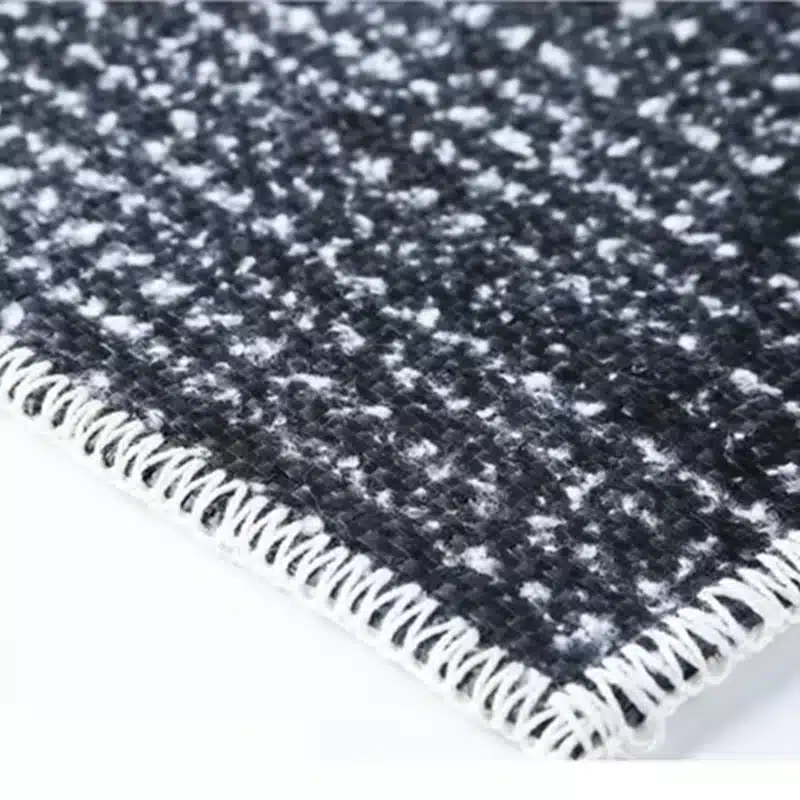+86-159 9860 6917
info@geofantex.com
geofantex@gmail.com
+86-400-8266163-44899
Geosynthetic clay liners (GCLs) are essential in modern environmental engineering, providing effective barriers against the leakage of liquids and gases in various containment systems. Their installation is a critical process that requires careful consideration of the components and materials used. This article delves into the set-up of geosynthetic clay liners, explaining their components, what they are, the installation process, and the materials involved.
What Are the Components of Geosynthetic Clay Liners?
Introduction to Geosynthetic Clay Liners (GCLs)
Geosynthetic Clay Liners (GCLs) are a type of geosynthetic material used primarily for environmental containment purposes, such as landfill liners, covers, and groundwater protection systems. They are designed to provide a barrier that prevents the migration of contaminants into the surrounding environment, offering an alternative to traditional clay liners.
Main Components of GCLs
- Clay Layer (Sodium Bentonite)
- Geotextile Layers (Nonwoven Polyester or Polypropylene)
- Geomembrane Layer (Optional)
Description of Each Component’s Role
- Clay Layer (Sodium Bentonite): The core material in GCLs, sodium bentonite clay, swells when hydrated, creating a low-permeability barrier. It is responsible for the primary sealing function, preventing water and contaminants from passing through.
- Geotextile Layers: These woven or nonwoven fabric layers encapsulate the clay and help in providing structural integrity. They enhance the bonding between the clay layer and other materials, ensuring that the clay remains intact during installation and under stress.
- Geomembrane Layer (Optional): Some GCLs include a thin geomembrane, typically made of HDPE or PVC, which further prevents fluid penetration and adds durability. This layer is especially used in high-risk contamination scenarios.
Geosynthetic Clay Liners are essential in environmental engineering, providing effective, cost-efficient solutions for containment in landfills, waste ponds, and other containment structures. The combination of clay and geotextile materials creates a reliable barrier that ensures long-term environmental protection by preventing the leakage of harmful substances into surrounding ecosystems.

What is a Geosynthetic Liner?
A geosynthetic liner is a type of barrier system used in environmental containment applications, designed to prevent the migration of liquids and gases. These liners are factory-manufactured hydraulic barriers consisting either of a layer of bentonite, polymers, or other very low-permeability materials such as concrete, and are made from geosynthetic materials like geotextiles, geomembranes, and geocomposites. These materials are engineered to perform specific functions like filtration, separation, and reinforcement. Geosynthetic liners are commonly used in landfills, ponds, reservoirs, and other containment systems where it is crucial to protect the environment from potential contamination.
What is Geosynthetic Installation?
Geosynthetic installation refers to the process of placing and securing geosynthetic materials, such as geosynthetic clay liners, which are synthetic products used to stabilize terrain, in a specific application. This process involves several steps, including site preparation, unrolling and positioning the geosynthetic material, and ensuring proper overlap and seam sealing. The installation must be carried out carefully to avoid damaging the geosynthetics and to ensure that the barrier is continuous and effective. Proper installation is critical to the performance of the geosynthetic liner, as any gaps or weak points can compromise its effectiveness.
What Are Geosynthetic Clay Liners Made With?
Geosynthetic clay liners are made with a combination of natural and synthetic materials. The core component is sodium bentonite clay, known for its ability to swell and form a dense, low-permeability barrier when hydrated. This clay is encapsulated between two geotextiles that are needlepunched together, encapsulating a layer of sodium bentonite clay between them, which provides structural support and protection. The geotextiles are typically made from synthetic polymers like polypropylene or polyester, chosen for their durability and resistance to environmental degradation. In some cases, a geomembrane layer is also included to enhance the liner’s impermeability.
The set-up of geosynthetic clay liners is a crucial aspect of their effectiveness in environmental protection. By understanding the components involved, the nature of geosynthetic liners, the installation process, and the materials used, one can appreciate the importance of proper setup and the role these liners play in safeguarding the environment. Geosynthetic clay liners, with their combination of natural bentonite clay and synthetic geotextiles, offer a reliable and sustainable solution for modern containment needs.



Get Free Sample
We’ll respond as soon as possible(within 12 hours)






















